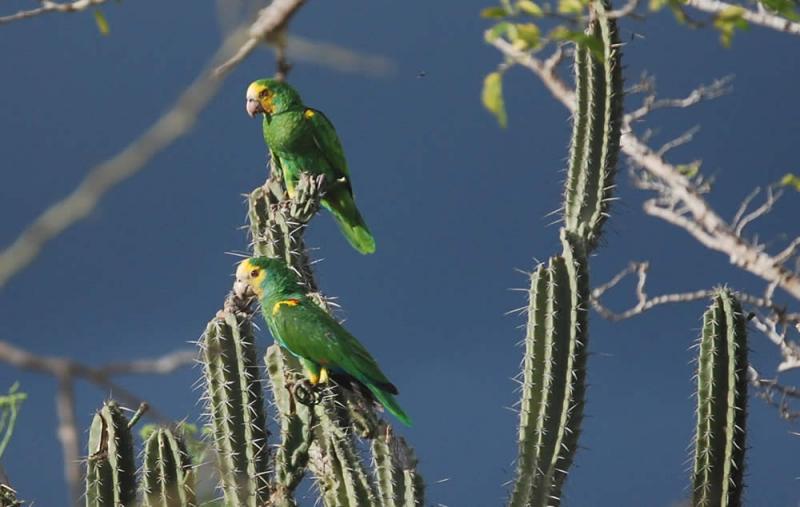Volunteers checking sea turtle nests on a South Carolina beach came upon a rare sight: a white sea turtle hatchling crawling across the sand.
The town of Kiawah Island posted on its Facebook page that the Kiawah Island Turtle Patrol found a lone white baby sea turtle on Sunday. Photos show a tiny turtle that’s a creamy white color rather than the more typical gray or green of a sea turtle.
The town says the hatchling is believed to have a genetic condition called leucism, which causes animals to have reduced pigmentation. The condition is described as extremely rare, but it’s unclear exactly how often such turtles are found in the wild.
The Olive Ridley Project, a sea turtle conservation group, says sea turtles with leucism typically have a hard time surviving because of a lack of camouflage.
A uncommon white turtle was noticed at Kiawah Island in South Carolina.
Volunteers at a South Carolina seaside made a stunning discovery on Sunday – a uncommon white sea turtle hatchling. The Kiawah Island Turtle Patrol noticed the white-coloured child turtle crawling throughout the sand.
According to a Facebook web page submit from the Town of Kiawah Island SC, the invention of the uncommon white sea turtle excited volunteers.
“You can imagine the excited ‘oohs’ and the ‘aah’s’ from the guests, including some College of Charleston students, when the patroller found a lone, leucistic hatchling in the nest,” the city mentioned.
The child turtle is believed to have a genetic situation known as leucism, which causes animals to have lowered pigmentation. It is totally different from albinism, which is the entire lack of pigment.
“Leucism is a condition where animals have reduced pigmentation. Leucism is different from albinism as albino animals have a complete loss of pigment, leaving them completely white with red or pink eyes,” the city defined in its Facebook submit, sharing a couple of pics of the child turtle.
Animals with albinism or leucism usually have a troublesome time surviving within the wild. Their colouring makes them stand out and be extra seen to predators.
This white sea turtle was not rescued, the city clarified within the feedback part as involved feedback began pouring in. When one Facebook consumer requested if the leucistic turtle would be capable to survive by itself, they responded: “It might but the odds are stacked against it.”
“After discussion with the SCDNR, it was decided that the best course of action for the hatchling was for it to be in its natural habitat,” the city clarified.




